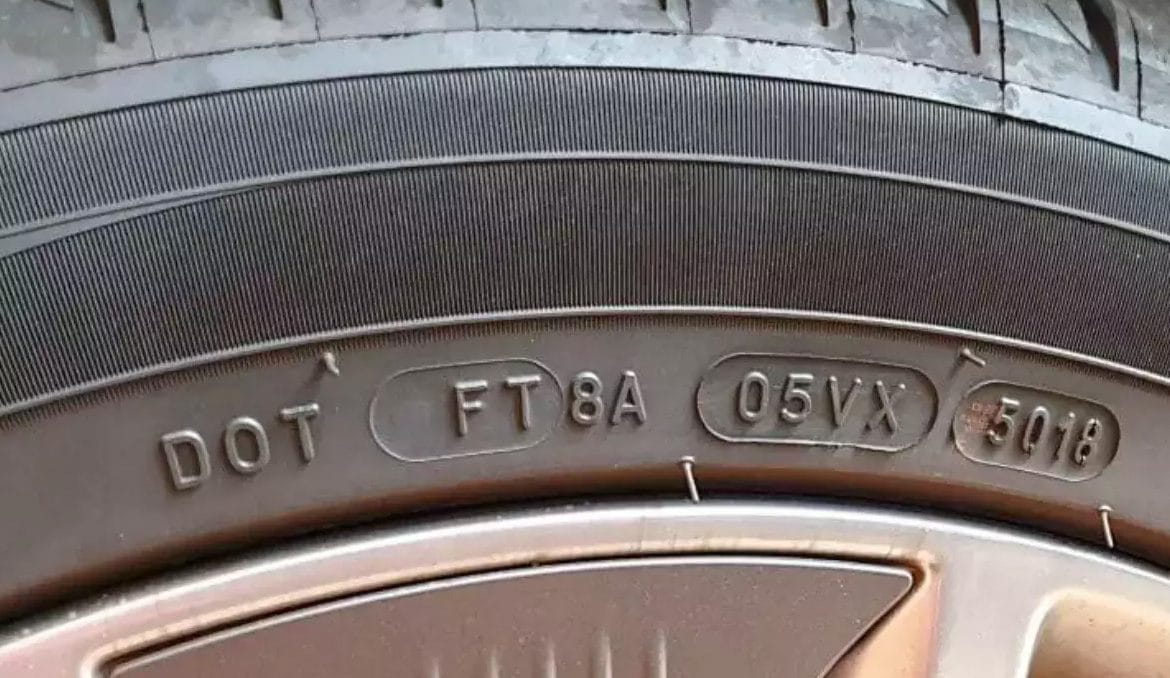
Understanding DOT Certification: A Guide for Tire Exporters
For manufacturers looking to export automotive tires to the U.S., DOT (Department of Transportation) certification is a crucial requirement. This certification ensures that products comply with the Federal Motor Vehicle Safety Standards (FMVSS) and meet minimum safety requirements for the U.S. market.
- What is DOT Certification?
The U.S. Department of Transportation (DOT) is responsible for setting and enforcing transportation regulations, including those for vehicles, road safety, and hazardous materials. For tires, DOT certification verifies compliance with safety and performance standards before they can be sold in the U.S.
The key FMVSS standards for tires include:
📌 FMVSS 109 – New pneumatic tires for passenger cars
📌 FMVSS 119 – New pneumatic tires for vehicles other than passenger cars
📌 FMVSS 139 – New radial tires for light vehicles
- DOT Certification Process for Tires
📍 Step 1: Appoint a U.S. Agent
- The manufacturer must designate a U.S. agent (either a U.S. company or citizen) to handle all compliance-related communication.
📍 Step 2: Submit an Application to DOT
- Required documentation includes company details, product specifications, and compliance statements.
📍 Step 3: Conduct Sample Testing (Optional but Recommended)
- Random samples are tested in certified laboratories to ensure compliance with FMVSS standards.
📍 Step 4: Approval & Registration
- Once documentation is approved, DOT registers the manufacturer’s details, which can be verified on the DOT website.
📍 Step 5: Apply for an ID Code
- The manufacturer must file Part 565 documents to obtain a unique tire identification code. This process typically takes 6-8 weeks.
- DOT’s Market Supervision & Compliance Checks
Even after obtaining DOT certification, compliance is monitored through:
✔ Annual Audits: The Office of Vehicle Safety Compliance (OVSC) conducts random checks to ensure compliance.
✔ Market Surveillance: Every tire brand is inspected at least once every five years.
✔ Consumer Complaints: If safety concerns arise, the manufacturer must provide proof of compliance.
- Key Features of DOT Certification
✅ Self-Certification System – Manufacturers declare compliance rather than receiving an official certificate from DOT.
✅ No Mandatory Testing Submission – Test reports are kept by the manufacturer but are not sent to DOT.
✅ Strict Enforcement – While entering the market is relatively easy, ongoing compliance checks are rigorous.
✅ U.S. Agent Requirement – All DOT-related communication goes through the appointed U.S. agent.
Final Thoughts
DOT certification is a critical step for tire manufacturers entering the U.S. market. While the process is self-regulated, companies must ensure strict adherence to FMVSS standards to avoid penalties, recalls, or bans. By understanding these requirements, exporters can navigate U.S. regulations more efficiently and ensure smooth market entry.
